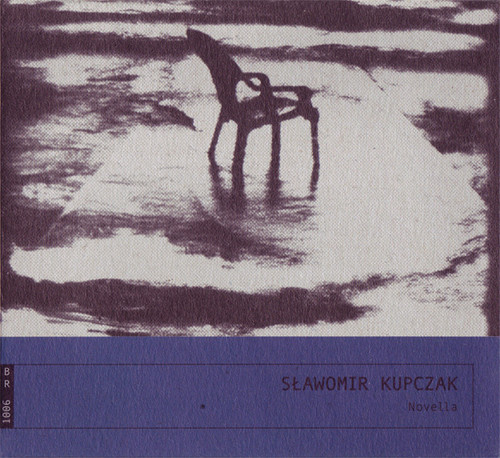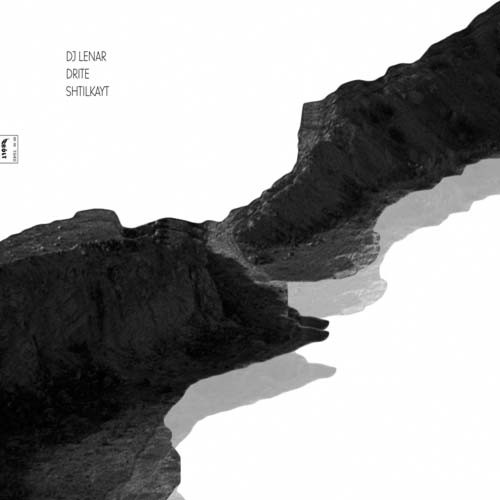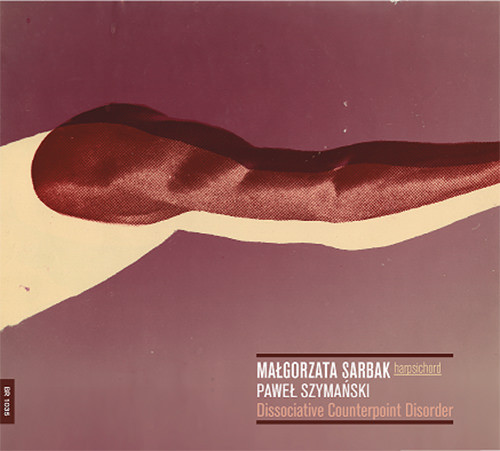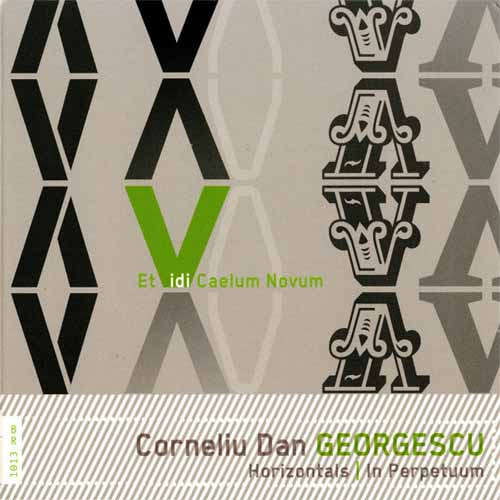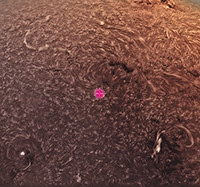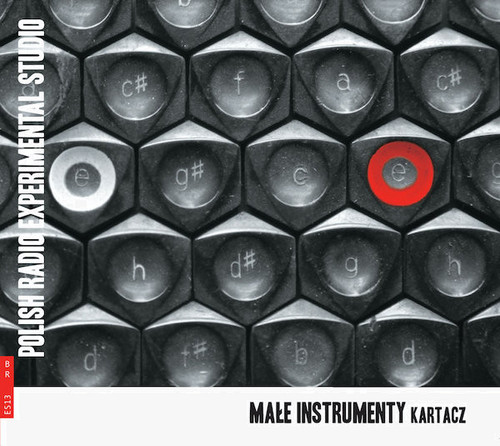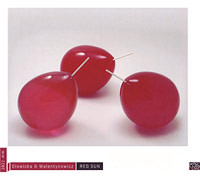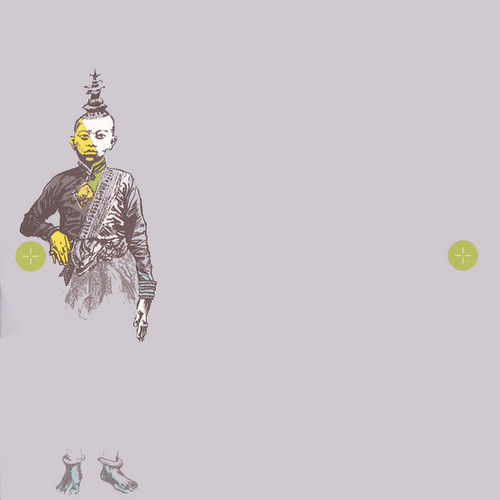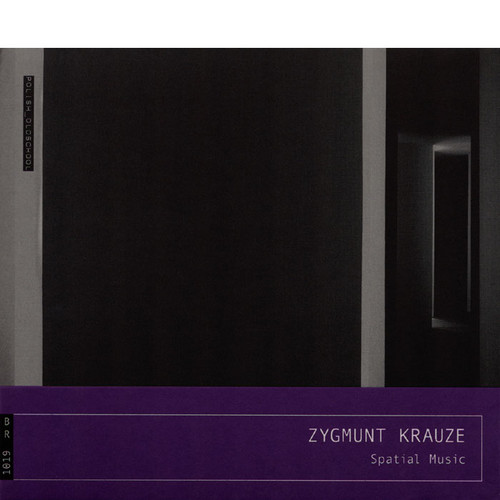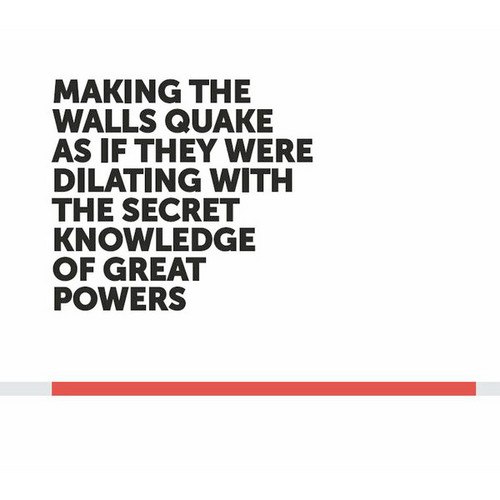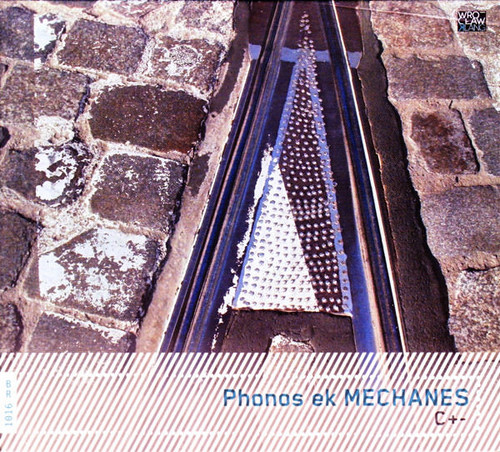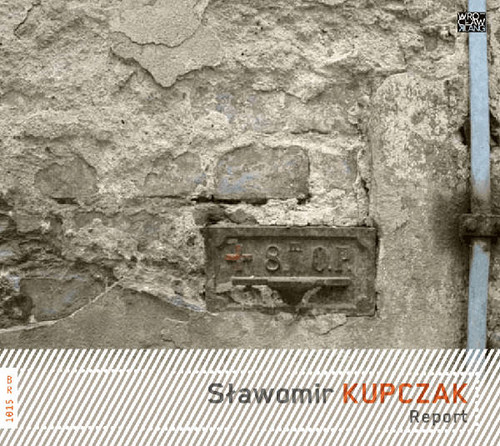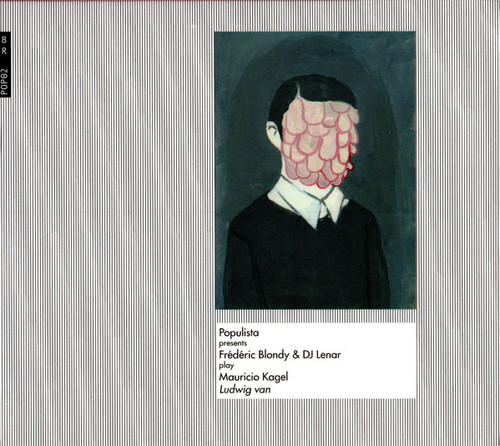★Bolt
Novella
The CD album entitled Novella consists of two electro-acoustic, not-experimental pieces composed in 2002 and 2004, and an almost 50-minute long composition from 2007-2009. This is what I noted down in a digital form; it's time frozen, time which has acquired a certain shape which, however, is by no means an emotional rendering of those gone days, hours, and minutes. Aquaforta is only a piece called Aquaforta; it's the result of the artistic relationship with Agata Zubel and Cezary Duchnowski. T…
Musikaliszer Pinkos
This music was inspired by “Musikaliszer Pinkos” – a collection of more than two hundred Hebrew religious hymns and Chassidic songs compiled and published by Abraham Berenstein in the year 1927 in Wilna (nowadays Vilnius). The selection of songs from “Musikaliszer Pinkos” was used by Arturas Bumšteinas as a source of fragmentary pitch material and re-interpreted in a new context of electronic sound and cut-up composition. All music was recorded with the use of Soviet-era Russian synthesiz…
Pupation of Dissonance
The latest Hubert Zemler’s release entitled “Pupation of Dissonance” makes a sort of tribute to percussion music history.The title work by Hubert Zemler relates to a gradual emancipation of percussion sounds throughout the 20th century. From timbre ornaments in symphonic music, through discovering the beauty of sounds previously regarded as “non-musical”, to marriage of electronic devices with acoustic instruments. The album’s programme is complimented by Steve Reich’s iconic minimal music work …
Dissociative Counterpoint Disorder
Andrzej Chłopecki, the late critic and animator of the music scene, wrote extensively about Szymański's music as well as supporting the composer by means of his longtime role with the Warsaw Autumn festival. Chłopecki puts things thus: "the formal structure is beautiful while stylistic expression is calculated: for Szymański's music is a continual game." He then offers precedents in Johannes Ockeghem and Anton Webern, deducing that Szymański's "guiding principles would be speculation and con…
Et vidi caelum novum
'Composing as contemplation of a musical archetype' - this is the best recapitulation of what Georgescu says about his own music, pointing to Jung's archetypes of collective unconscious. What is most crucial and powerful in these works is not how originally the composer captures the musical material, plays with it and reshuffles it. One could even say that Georgescu does not compose and does not 'arrange' sounds, but rather contemplates archetypical figures and turns towards basic component…
Pianophonie
'Forte e piano' is one of Serocki's lesser known and acclaimed works, while 'Pianophonie' is considered his greatest masterpiece. However, it's worth remembering that 'Forte a piano' and 'Pianophonie' are interrelated. It's difficult to imagine the latter without the former.
Serocki was born in Torun. He studied composition with Kazimierz Sikorski and piano with Stanislaw Szpinalski at the State Higher School of Music in Lódz and graduated in 1946. He continued in Paris, studying composition w…
Prominences
Prominences can last for many months just like unrealized love opens up a core of unstable emotions, left beyond the edge of the “Sun”, alternating between peaceful rides during the solar eclipse and strong spectral lines in its emission spectrum.like the northern winds, prominences blow its solar spell straight inside of your chest. Delicate resonating textures surround you, light piano massages your brain, bells are whispering the secrets, keeping concept parts of its mystery.
Tekla Mrozowicka…
Kartacz
If I were to look at the ideas promoted by the Experimental Studio against Ma e Instrumenty's practices, I would refer to the concept of music which is - for certain reasons - 'impossible' studio electronic productions, preparing instruments, using and editing tapes - all those practices once broadened the perspectives of the art of sound. However, the 'unreachable' sound combinations produced by Ma e Instrumenty could also be considered as an attempt to overcome the 'impossibility' in music. Ho…
Red Sun
What makes the music of Kasia Głowicka special? First of all space. Deep and extensive. As in ambient music. Built by reverbs, echoes and electronics. Against this background - a piano. Flickering , rippling . Cascades of repeating notes and rhythms. As in minimal music . Tonal associations, but with different development. Clear sounds, distorted, appear then re-appear hear and there as whispers and crackles. As in glitch music. But clearly you hear the skills of a seasoned composer –…
Martian Landscapes
I have never been to Mars, but sometimes i drop by... pictures and films we have access to give us a false impression that we already know something. My Mars is still populated with images from our childhood linked with hundreds of films and science fiction novels. i sympathize with misinterpretation of the illusion caused by old telescopes, as if the surface of Mars was covered with a network of irrigation canals being a proof of high civilization. combination of curiosity and fear stemm…
Champion of the world has no monopoly on the legions
Recorded by Bartek Kalinka, Jan-Sep 2012 using acoustic guitar, modular synthetizer, percussion (sampled and live)
United States of America Triptych (II)
Voice by Pete Simonelli, guitar by David Grubbs, organ by David Maranha, percussion by Andrea Belfi. Selection of texts follows that of Harry Partch's „Eleven Intrusions” Texts by Ella Young, Ella Young and Lao Tzu, Tsurayuki, Willard Motley, George Leite, Giuseppe Ungaretti
Spatial Music
Władysław Strzemiński's unism as well as functionalism are to be found at the roots of the first sound installation in Poland. Prepared for Galeria Współczesna in Warsaw, it is a piece signed by an architect Teresa Kelm, composer Zygmunt Krauze and sculptor Henryk Morel. "Spatial-Musical Composition" is a follow up of Morel's and Krauze's explorations initiated in 1966 together with Cezary Szubartowski and Grzegorz Kowalski which resulted in an action titled "5x". The sculptural elements of the …
Making The Walls Quake As If They Were Dilating
Recording of the sound sculpture in the Polish Pavilion at 13th International Architecture Exhibition in Venice. Sound sculpture by Katarzyna Krakowiak. Sound design by Ralf Meinz. Voices by Ulrike Helmholz and Sabina Meyer. Recorded, edited, mixed and mastered by by Ralf Meinz. 32-page booklet.
'Architectural Biennale sound sculpture amplifying the entire building of the Polish Pavilion turned into a flat CD ? Will you say it completely misses the point? Brings the real space into a stereo syst…
C+-
The Phonos ek Mechanes trio was founded in 2007 by three composers and electro-acoustic performers from Wroc aw: Cezary Duchnowski, Pawe Hendrich and S awomir Kupczak. The name of the group comes from Greek and means 'the sound of the machine' which reflects specific methods of artistic creation applied by the three musicians. They play typical instruments such as the piano, electric guitar or electric violin, often prepared and tuned for microtonal music. Sounds that are created this way do not…
Report
You've been carrying this suicide for the twentieth year and for the twentieth year in a row you still don't know what to do about this suicide you've been nestling in yourself for twenty years - and, after twenty years now, you still don't know what to do about the suicide you've been carrying for forty years. You go to the kitchen, you make coffee, you forget where you are, your thoughts concentrate only on the defeat you've been living with for sixty years, that after sixty years you still ha…
Mauricio Kagel Ludwig van
Mauricio Kagel’s 1970s film Ludwig Van, a rather critical piece of avant-garde cinema, asked pointed questions about the ways in which later audiences appropriate and interprete Beethoven’s music. Pianist F. Blondy and turntablist DJ LENAR reclaim and reinterpret the soundtrack in this post-modern mashup that includes source material such as Herzog soundtracks, a lecture by Alfred Cortot, samples of string playing and percussion from contemporary improvisation records, and numerous other …
